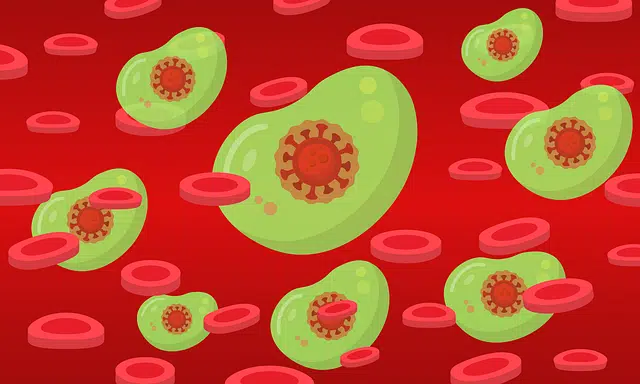
Pathology studies diseases that affect human beings.
The dictionary of the Royal Spanish Academy (RAE) attributes two meanings to the concept of pathology : one presents it as the branch of medicine that focuses on human diseases and the other, as the group of symptoms associated with a disease. certain ailment. In this sense, this word should not be confused with the notion of nosology , which consists of the description and systematization of the set of evils that can affect man.
Pathology, experts say, is dedicated to studying diseases in their broadest sense , as unusual states or processes that can arise for known or unknown reasons. To demonstrate the presence of a disease, a lesion is sought and observed at its structural levels, the existence of a microorganism ( virus , bacteria , parasite or fungus ) is detected or work is done on the alteration of some component of the organism.
Pathology specialists can be classified, depending on their field of action, as clinical pathologists or anatomopathologists . The former specialize in diagnosis through analyzes obtained and examined within the framework of a clinical laboratory. Pathologists, on the other hand, concentrate their efforts on the deductions they can reach based on the morphological observation of lesions.
Pathology, etiology and pathogenesis
Other concepts linked to pathology are etiology (branch focused on studying the origins of each disease) and pathogenesis (the series of pathological modifications with the exclusion of the causes that cause it). The latter can be approached from a functional point of view (as does pathophysiology ) or a morphological point of view ( general pathology ). Both act in a complementary way to understand the pathogenesis.
The branch that consists of the study of the morphological aspects of pathogenesis is called morphopathology or general pathology. Its application with the aim of recognizing the causes of a certain disease does not guarantee success in 100% of cases.

There are those who consider crime as a social pathology.
Abnormal behavior in a social setting
Any behavioral trait that does not respond to the parameters of normality within a social framework is considered a pathology . There are a series of factors that lead to mental and emotional instability, among which we find excessive work activity and fatigue, nervous tension, the noise of cities, the breakdown of the traditional family model and the excessive and unsupervised consumption of drugs.
The growing tendency of societies towards generalization is a disastrous process that groups together the portion of the population that has the highest percentage of coincidences in their tastes, beliefs and physical characteristics and ignores the rest and labels them as a minority. In this last group of human beings, we find a great variety, and they have little in common with each other, beyond their species. From people with hearing problems to criminals , homosexuals and the poor , they are all separated so that they do not distract others from the advertising campaigns.
Crime as a social pathology
If we understand the set of norms and laws of a society as normal and acceptable , then a person who goes against them presents a social pathology. As crime not only represents an act that is not governed by pre-established rules but also threatens the freedom of citizens, this type of behavior carries sanctions to ensure the safety of the people .
In turn, to combat this pathology, the State promises to help those who commit crimes understand the value and importance of respecting the laws. In an ideal situation, these people manage to reintegrate into society , having adopted a new vision of community life, which includes respect for freedom.
